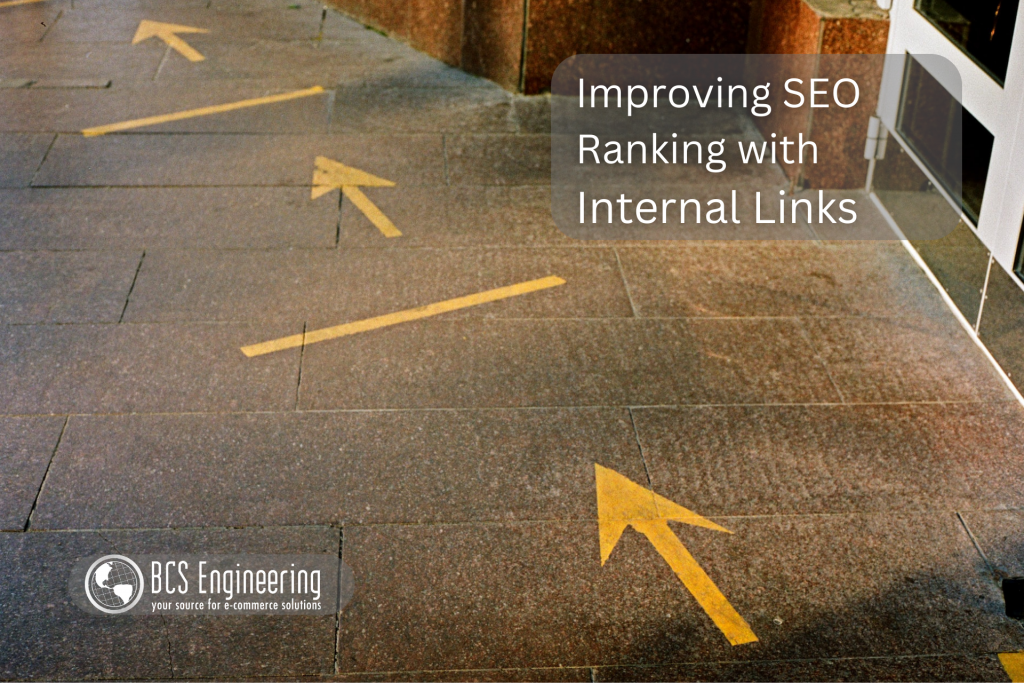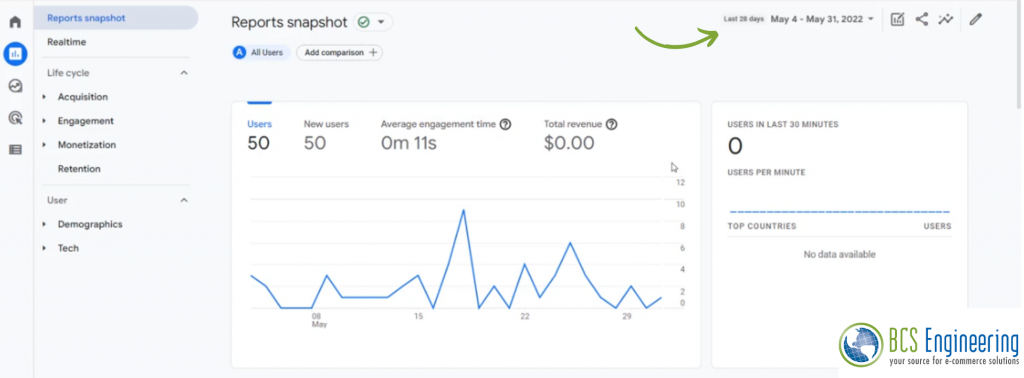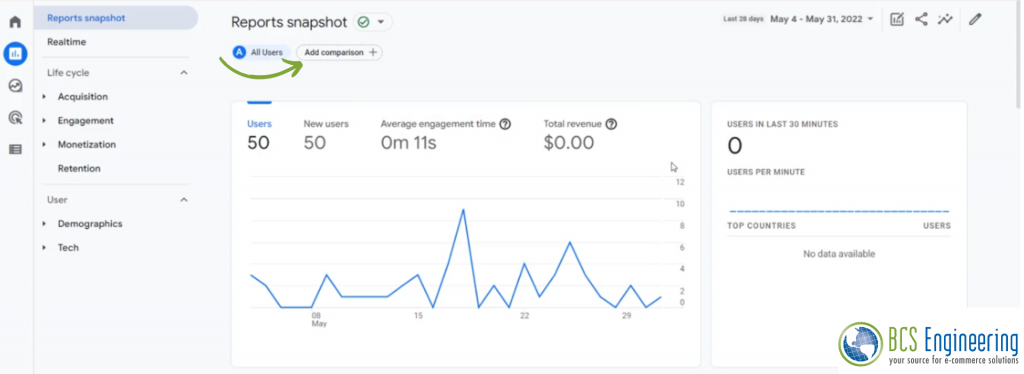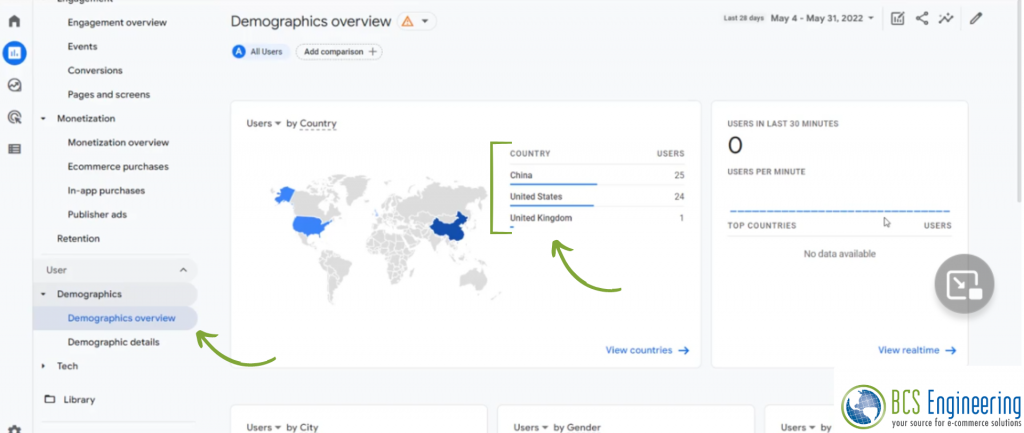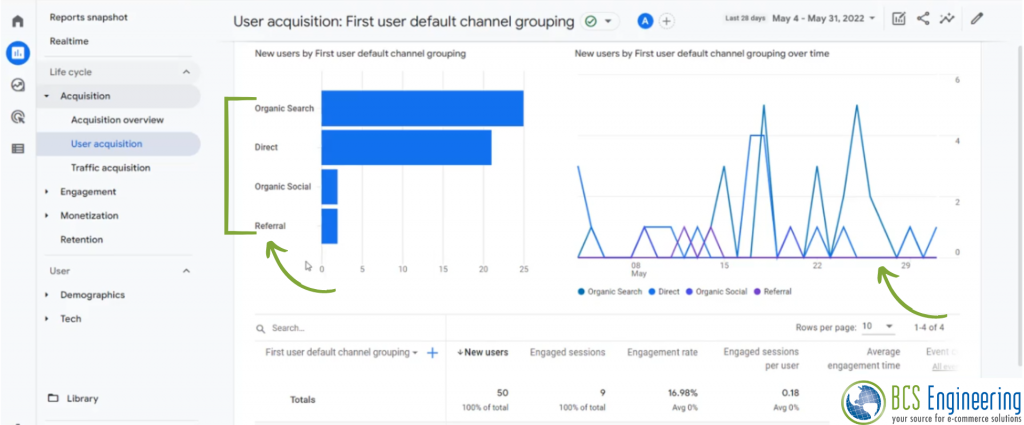Search Engine Optimization has a broad selection of approaches we can take to increase our rank in search queries. However, what exactly does Google look for when determining our web content’s value? Google has listed a few “search essentials” that we can keep in mind when improving our website.

Google Search Essentials
Google has three main categories that determine where your content will appear and how it will perform overall on Google Search: technical requirements, spam policies, and key best practices.
Technical Requirements
While this category may sound intimidating and heavy, it is actually a placeholder for the bare minimum technical requirements Google needs to index your page. These requirements are easy to pass, and may already be fulfilled by your existing site. There are three boxes that need checked to be indexable:
- Your site must be crawlable – For Google to even begin looking at your online content, Google’s bots must be able to access your pages. This means that your pages must be public and accessible for Google to successfully crawl.
- The page must be functional – For a page to be functional, accessing your page must result in an HTTP 200 code, which just means that it was successfully reached. If your page is broken, has moved, or has other errors that make it difficult for Google to reach your page, then your page may not be considered reachable. Other pages, such as private client pages or server error pages are not indexed by Google.
- Your content must be indexable – Content that is indexable by Google requires certain formats. This means that your content must be shared within specific file types to for Google to look at it. There is a variety of file formats that Google accepts, so this requirement isn’t as daunting as it may seem. HTML, Microsoft, Text, XML, WML, and other common file types are all accepted by Google.
Spam Policies
Spam is content that is irrelevant or inappropriate in some way. If Google deems that your site has broken its spam policies, your page may be ranked lower or even omitted entirely from Google search queries. Much of Google’s processes in guarding users from spam content is automated, so it is important to make sure that your content avoids certain behaviors that can negatively impact your searchability. To name a few:
- Cloaking – When the content you say you are going to share to users in Google search queries is different from what you actually show them. An example of this could be telling Google’s bots that your site is about certain keyword topics, but when users arrive, those keywords are absent and not relevant to your content.
- Hidden Text & Links – Hiding text or links in your page that Google can see but your users cannot. An example of this could be placing white text full of keywords against a white background.
- Keyword Stuffing – Overusing desired keywords in your content in an attempt to artificially rank higher in searches for those topics. An example of this could be a paragraph that uses “best ice cream maker” an unreasonable number of times. Check out our article on the use of synonyms in SEO to learn more about how to avoid keyword stuffing.
- Scraped Content – Taking content from other, more reputable sources, without adding more value to it. An example of this is having your site automatically copy another site’s content and republish it without adding your own spin to it.
- Sneaky Redirects – When users click on a URL only to arrive at a different URL. For example, you could show Google one webpage, but be actually taking users to a different webpage entirely. However, keep in mind that not all redirects are spam. Moving our site to a new address, for example, is a valid form of redirect. Sneaky redirects are specifically aimed at misinforming users and Google on purpose.
Note: There are a variety of behaviors that break Spam Policies
While we mentioned a few types of behaviors that can negatively impact your searchability, there are many more behaviors that can break Google’s spam policies. If you are concerned that your site may fall into a spam behavior not listed here, review Google’s list of spam policies to learn more.
Key Best Practices
As discussed in previous articles concerning ways we can improve SEO, there are a variety of factors that play into increasing your rank through your content. However, Google has a few core practices that it suggests. To name a few:
- Create user centric content – Make sure that our content is focused on providing quality experience, value, and help to our users. No matter what we are creating in terms of our websites, our users should always be first in our thoughts during optimization and content creation.
- Optimize your Keywords – Using the words that your users use to find your products and services is key to bringing traffic to your site. Finding the right words and placing them in your content strategically is important to helping Google understand your site’s purpose and value.
- Promote your content – Sharing your content through other channels can bring more traffic to your site and thus make your content more valuable in the eyes of Google. Tell people about your content. We can do this by using mediums like email and social media.
- Make your content translatable for Google – If your site contains elements that may be difficult for Google to understand, such as images, videos, or structured data, you should follow best practices that can help Google understand those elements.
- Hide content that you don’t want in search results – While we want much of our content to be searchable, we may occasionally have pages that we want to keep hidden from Google. Content such as temporary pages, data sensitive pages, and pages that could bring down the value of your site are a few examples of content we may wish to hide from search queries.
- Note: Even if your site is deemed indexable, it may not be indexed
Even if your pages meet these requirements, Google cannot guarantee that your pages will be indexed. These suggested steps by Google are just a starting point for a longer journey. Due to this, we must continue to improve the SEO of our page through other best practices that we have discussed in previous articles. Based on Google’s Search Essentials, focusing strongly on best practices and attracting traffic overall are key to making our sites valuable and relevant in search queries.
Want to learn more?
Beyond Google’s suggestions, there are many ways that we can optimize our websites for both SEO and improved user experience. Explore our SEO blogs to learn more tips and tricks to improve your ranking! If you want more hands-on SEO guidance, join the waitlist for Carrie Saunders’ upcoming course, “The Converting Website.” In this course, she will dive into SEO and other important factors that aim to optimize your website.





